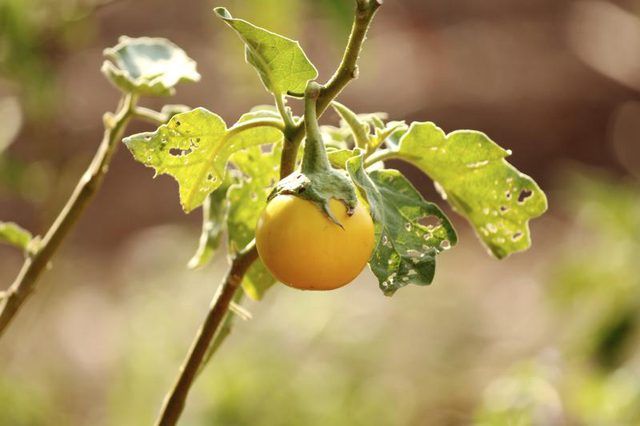Bulbs
Flower Basics
Flower Beds & Specialty Gardens
Flower Garden
Garden Furniture
Garden Gnomes
Garden Seeds
Garden Sheds
Garden Statues
Garden Tools & Supplies
Gardening Basics
Green & Organic
Groundcovers & Vines
Growing Annuals
Growing Basil
Growing Beans
Growing Berries
Growing Blueberries
Growing Cactus
Growing Corn
Growing Cotton
Growing Edibles
Growing Flowers
Growing Garlic
Growing Grapes
Growing Grass
Growing Herbs
Growing Jasmine
Growing Mint
Growing Mushrooms
Orchids
Growing Peanuts
Growing Perennials
Growing Plants
Growing Rosemary
Growing Roses
Growing Strawberries
Growing Sunflowers
Growing Thyme
Growing Tomatoes
Growing Tulips
Growing Vegetables
Herb Basics
Herb Garden
Indoor Growing
Landscaping Basics
Landscaping Patios
Landscaping Plants
Landscaping Shrubs
Landscaping Trees
Landscaping Walks & Pathways
Lawn Basics
Lawn Maintenance
Lawn Mowers
Lawn Ornaments
Lawn Planting
Lawn Tools
Outdoor Growing
Overall Landscape Planning
Pests, Weeds & Problems
Plant Basics
Rock Garden
Rose Garden
Shrubs
Soil
Specialty Gardens
Trees
Vegetable Garden
Yard Maintenance
Golden Egg Tree Facts
Golden Egg Tree Facts. When you hear the name, “golden egg tree,” you may conjure images of a whimsical tree producing magical egglike fruits. But, golden egg tree is a common name used to describe a common garden vegetable: A variety of eggplant (Solanum melogena). Eggplants come in many different varieties, including those which are...

When you hear the name, "golden egg tree," you may conjure images of a whimsical tree producing magical egglike fruits. But, golden egg tree is a common name used to describe a common garden vegetable: A variety of eggplant (Solanum melogena). Eggplants come in many different varieties, including those which are white in color and resemble eggs. There are also ornamental eggplants (Solanum ovigerum) which grow on a low, branching treelike plants and produce nonedible, egglike fruits that turn golden in color when ripe. These ornamental varieties grow in the warmer climates of U.S. Department of Agriculture plant hardiness zones 8 through 10.
Choosing Plants
When buying a golden egg eggplant, it is important to know the difference between the edible and ornamental varieties. Ornamental varieties are not edible. They have low-growing branching stems with greenish-purple leaves that have white spines. Immature fruits set in an initial white color that develops into a golden yellow as the fruit matures. When mature, the fruit is about the size of a henís egg, making the tree a striking plant.
Edible egglike eggplants include cultivars such as the "Albino" and "White Beauty." They grow on an upright treelike plant with light green leaves that reaches 4 feet tall. The fruits are round and white when mature and have a thick, glossy skin. Before eating, the skin must be removed. The flavor of these edible varieties is mild and without the bitterness that is characteristic of traditional eggplants.
Climate and Seasons
Although ornamental and edible white eggplants are technically perennials, they're usually treated as annuals. These herbaceous plants are tender and frost-sensitive, making them suited for annual, warm-season growing in climates where nighttime temperatures dip below 45 degrees Fahrenheit. In the warmer, tropical and subtropical climates of USDA zones 8, 9 and 10, these plants grow as perennials. For healthy growth and to set fruits, both the ornamental and edible varieties require daytime temperatures of 72 degrees Fahrenheit or higher, and soil temperatures of at least 65 F. Both of these plants will grow in containers, and may be grown indoors in colder climates. Always use pots with drainage holes for growing golden egg trees.
Care
Both ornamental and edible golden egg tree eggplants require the same growing conditions. Start your plants from seed indoors six to eight weeks before the final frost date. Transplant seedlings outdoors, only after the threat of frost has passed. White eggplants require 18 to 24 inches of space between each plant and rich, well-draining soil with plenty of organic matter. For the best quality fruits, make sure your plants receive at least 1 inch of water per week. They also require six to eight hours of full sun each day. To retain moisture and prevent weeds, mulch around the base of the plants. Make sure the mulch does not come in contact with the plantís stem to provide good air circulation and prevent disease. Some edible varieties may require staking or caging as fruits reach maturity if the plant bears a large crop. The leaves of both the ornamental and edible varieties are toxic, and may not be suitable for growing in and around homes with small children or pets.
History
Eggplants got their common name during the 16th century when herbalist John Gerard saw white egglike varieties growing and thought they closely resembled swan eggs. The common name may not have stuck until the 16th century, but eggplants were cultivated in China around 500 B.C. All varieties, including, white edible eggplants, were approached with caution until the 1800s. As a member of the nightshade plant family, these fruit were thought to cause insanity. Today, edible and ornamental eggplant varieties that produce egglike fruits which are white to golden in color are sold as novelty plants.